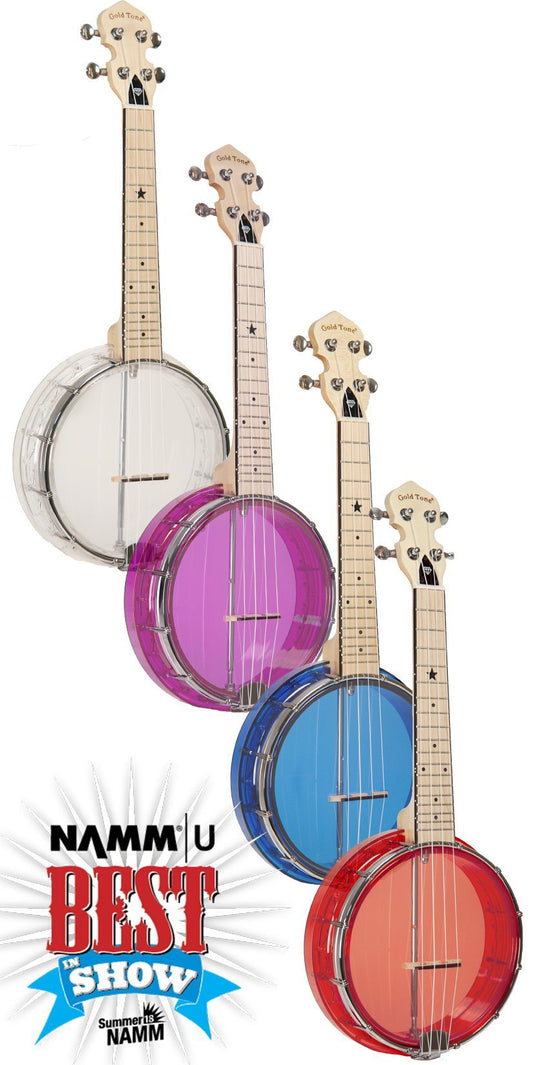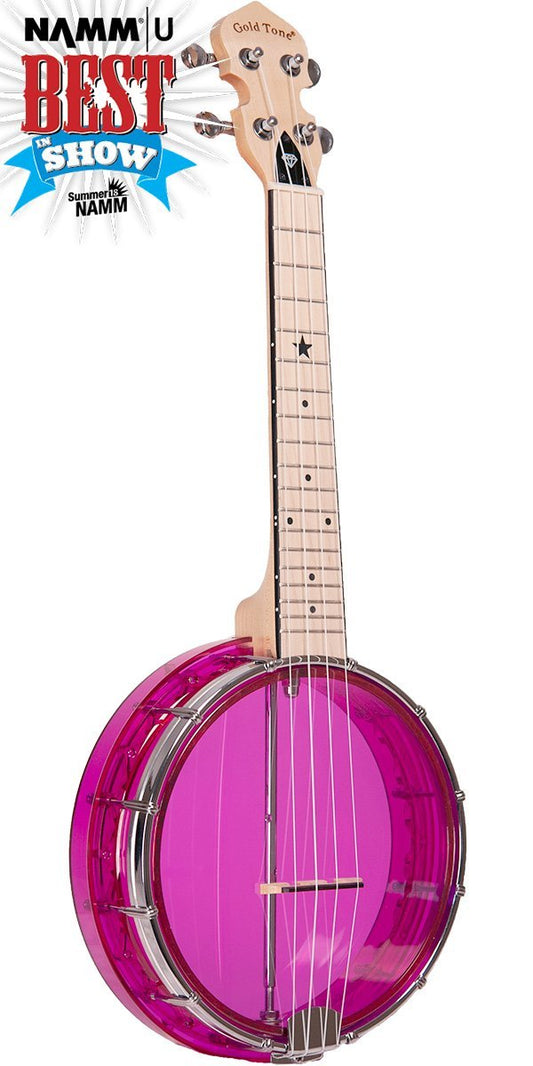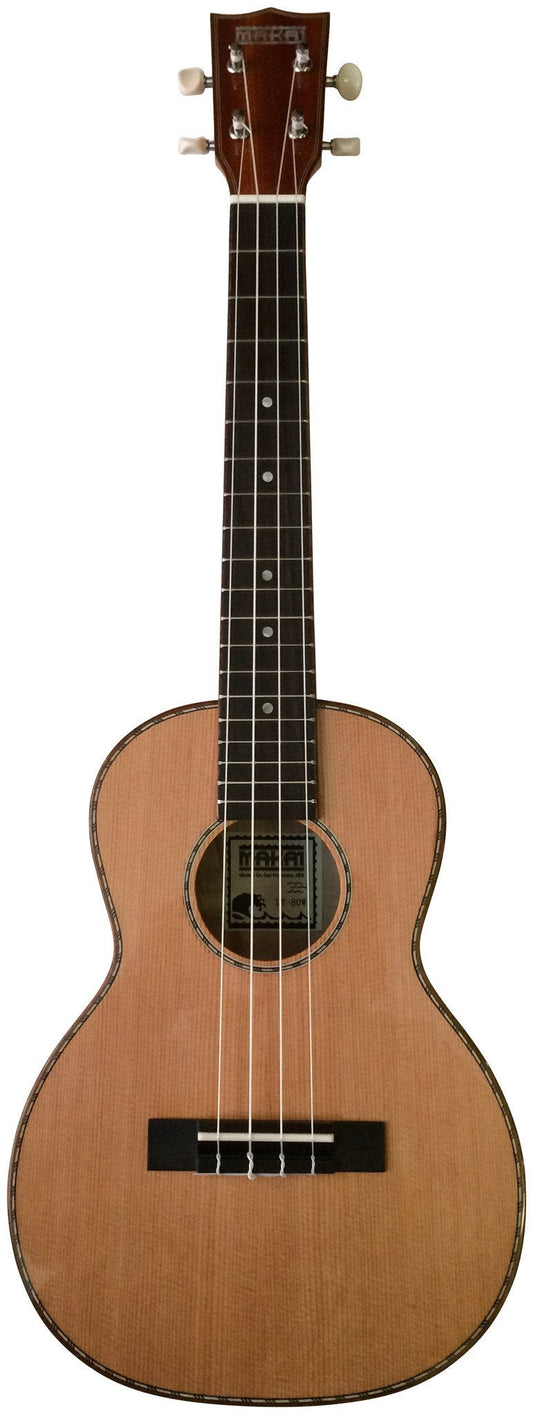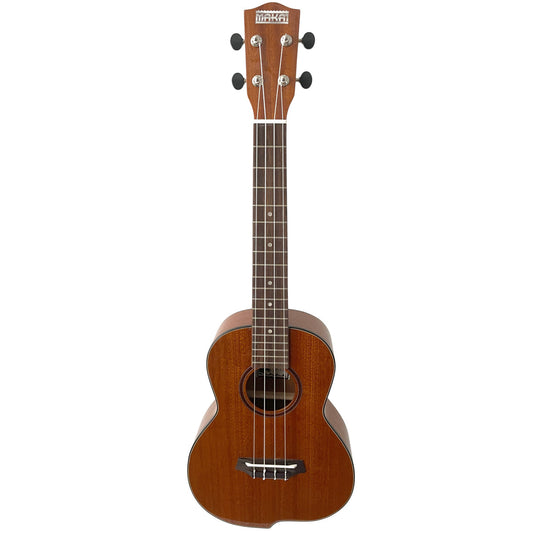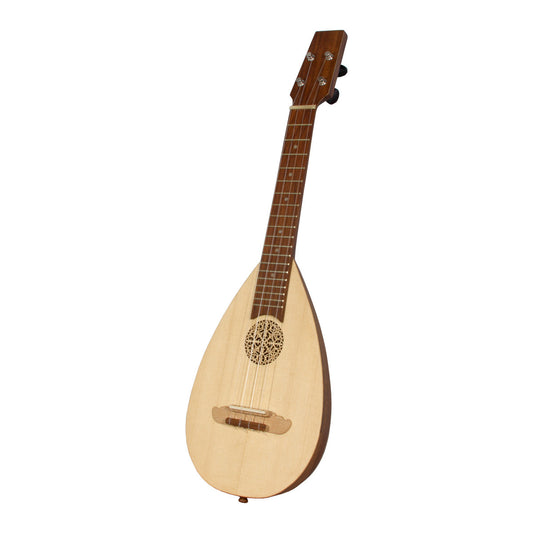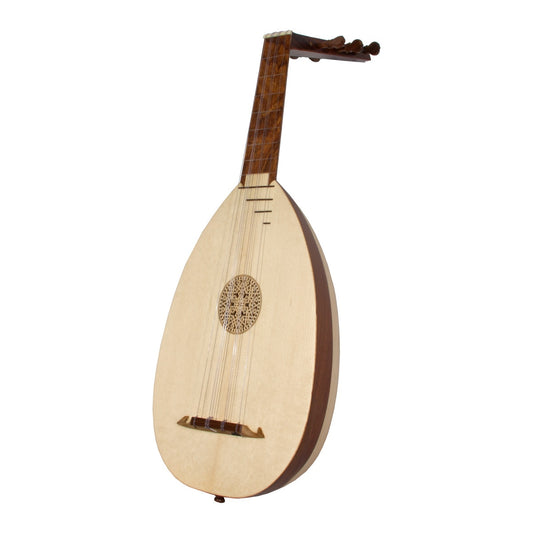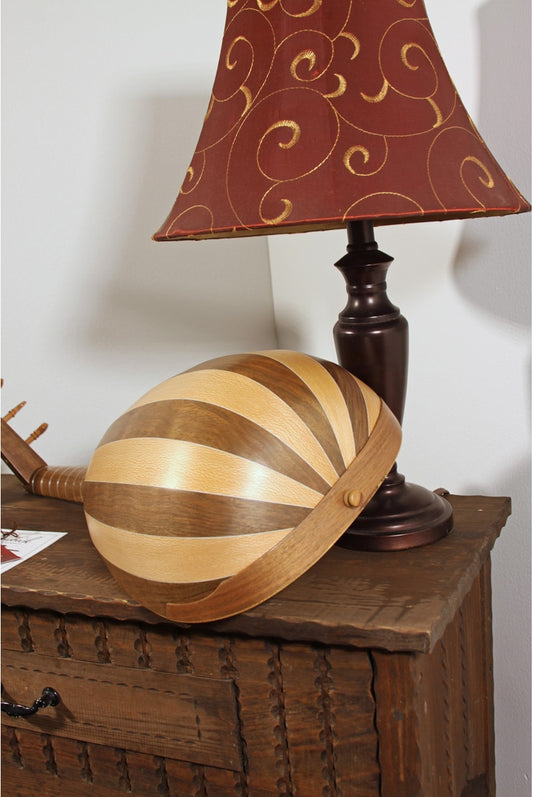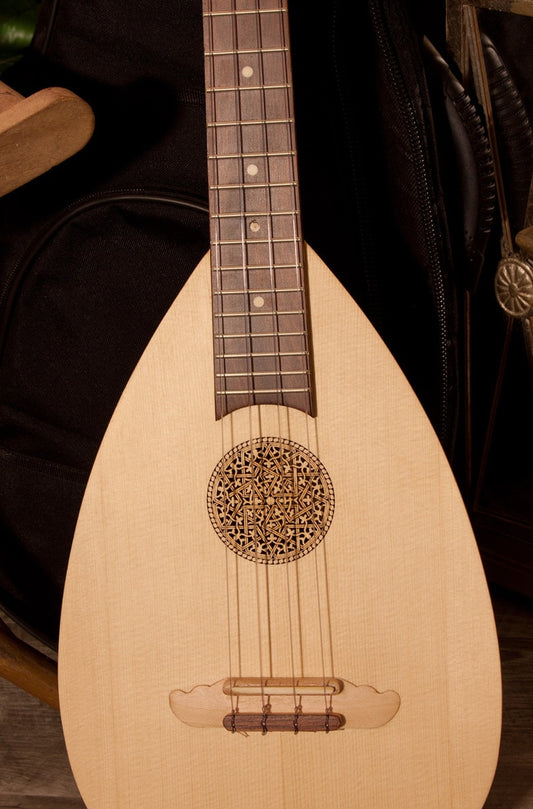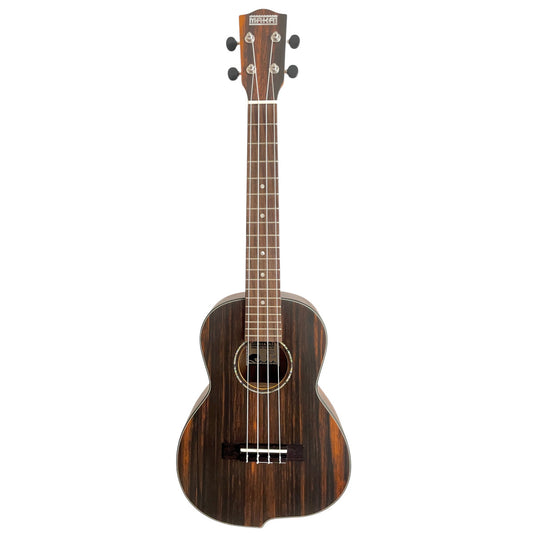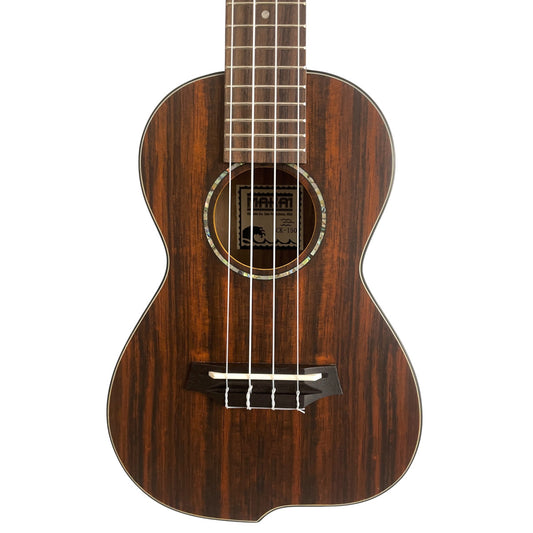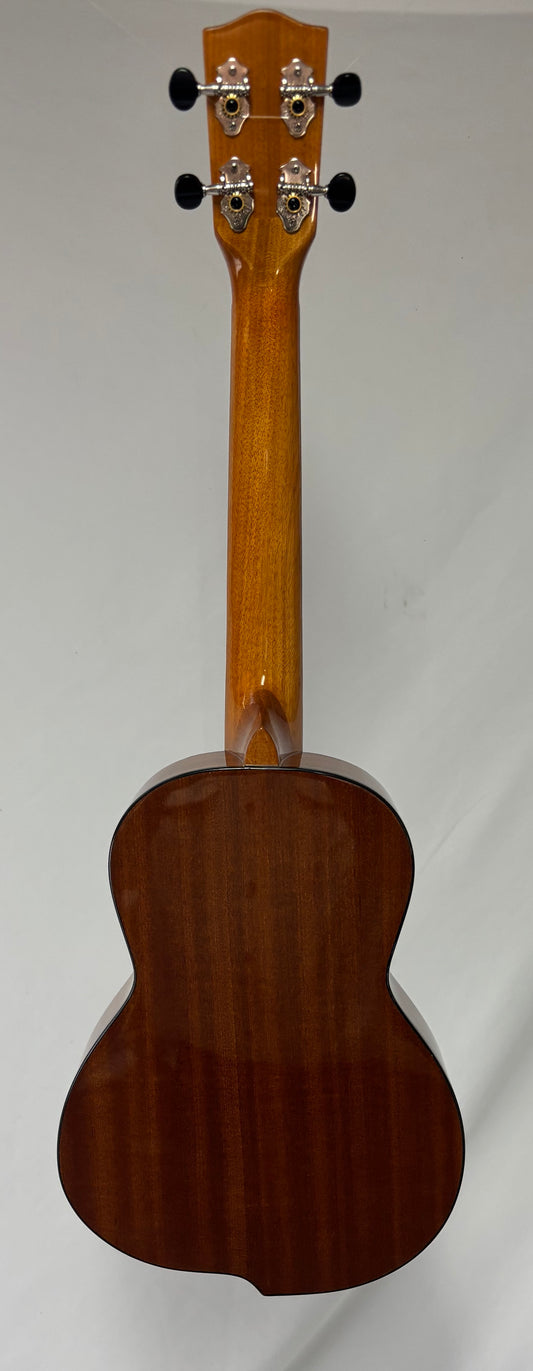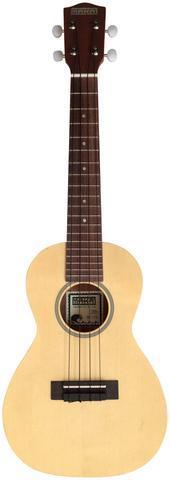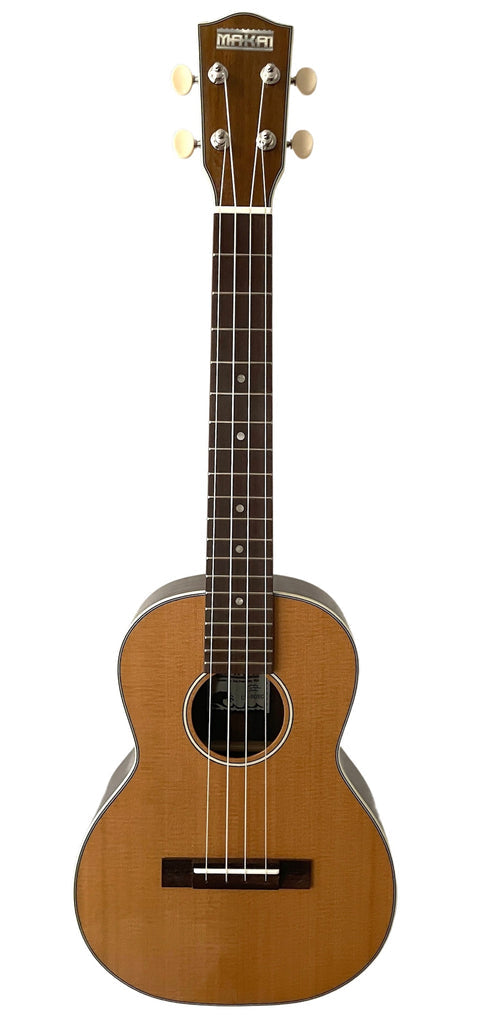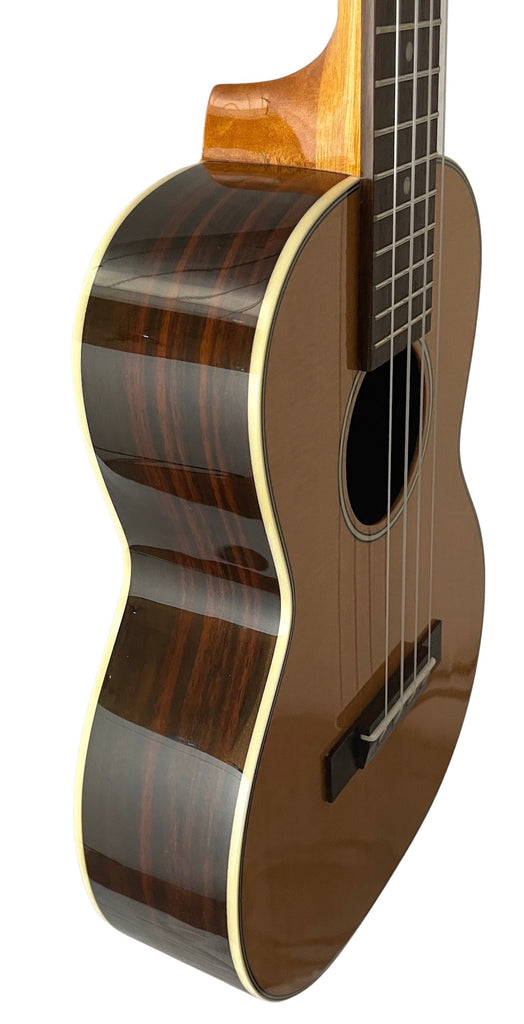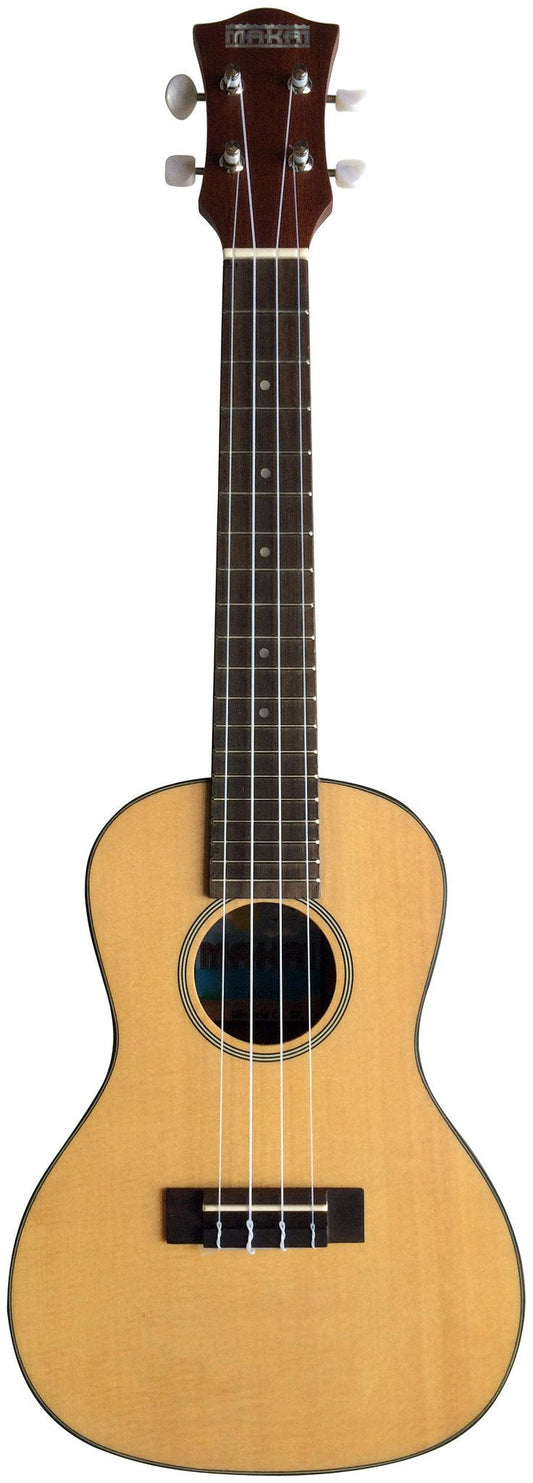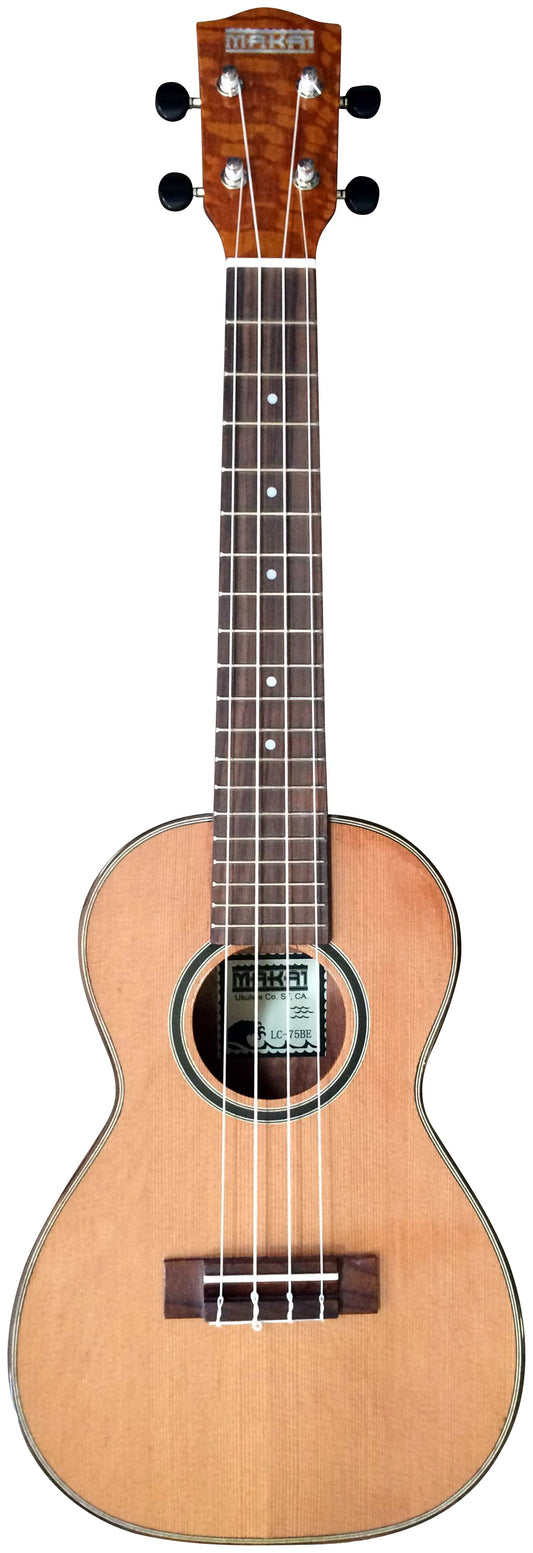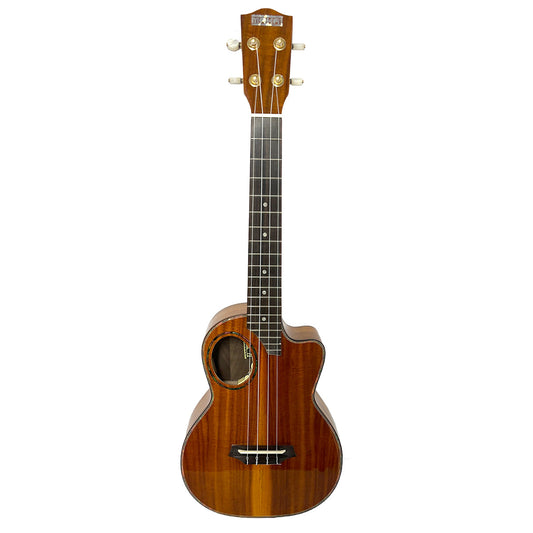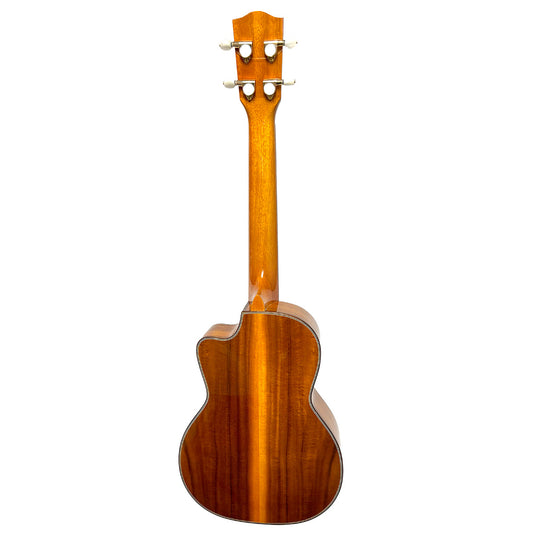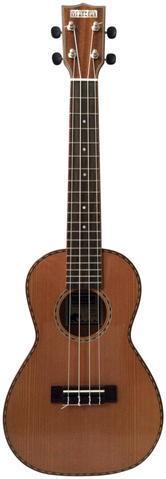Looking for accessories? Check out our Ukuleles Accessories collection!
-
Gold Tone Little Gem Banjo Ukulele
SKU: UKE124A
Regular price $209.99Regular priceUnit price per -
Makai LT-80WP Cedar Willow Tenor Uke w/pickup
SKU: LT-80WP
Regular price $274.88Regular priceUnit price per$343.99Sale price $274.88Sale -
Makai MC-110G Solid Top Mahogany Concert Ukulele
SKU: MC-110G
Regular price $173.88Regular priceUnit price per$289.00Sale price $173.88Sale -
Roosebeck Baroq-ulele Concert
SKU: UKE101
Regular price $427.00Regular priceUnit price per -
Roosebeck Lute-kulele Tenor, Variegated, Pegs
SKU: ULTVL
Regular price $456.00Regular priceUnit price per -
Roosebeck Lute-kulele Tenor, Variegated, Pegs - Walnut
SKU: ULTWL
Regular price $456.00Regular priceUnit price per -
Roosebeck Baroq-ulele, Tenor, Variegated with Tuners
SKU: UBTVG
Regular price $499.00Regular priceUnit price per$0.00Sale price $499.00 -
Makai TK-150 Ebony Tenor
SKU: TK-150
Regular price $212.80Regular priceUnit price per$265.99Sale price $212.80Sale -
Makai MT-110G Solid Mahogany Top Tenor Ukulele
SKU: MT-110G
Regular price $221.88Regular priceUnit price per$276.99Sale price $221.88Sale -
Makai Solid Top Series With White Binding Concert Ukulele MC-70
SKU: MC-70
Regular price $133.88Regular priceUnit price per$168.00Sale price $133.88Sale -
Makai MP-70 Spruce Mahogany Soprano Pineapple Ukulele
SKU: MP-70
Regular price $81.88Regular priceUnit price per$166.99Sale price $81.88Sale -
Makai Limited Series Tenor Ukulele LT-80RG
SKU: LT-80RG
Regular price $368.00Regular priceUnit price per$459.99Sale price $368.00Sale -
Makai MC-71 Spruce Mahogany Concert Ukulele with Black Binding
SKU: MC-71
Regular price $106.88Regular priceUnit price per$179.00Sale price $106.88Sale -
Makai LC-85SM Spalted Maple Concert Ukulele
SKU: LC-85SM
Regular price $246.88Regular priceUnit price per$328.99Sale price $246.88Sale -
Makai Mahogany Series Soprano Ukulele UK-55
SKU: UK-55
Regular price $53.88Regular priceUnit price per$89.00Sale price $53.88Sold out -
Makai LC-120IM Limited Series Icon Maple Concert Ukulele
SKU: LC-120IM
Regular price $259.99Regular priceUnit price per$346.00Sale price $259.99Sale -
Makai LC-75BE Cedar Big Eye Concert Ukulele
SKU: LC-75BE
Regular price $183.88Regular priceUnit price per$306.00Sale price $183.88Sale -
Makai MK-70 Spruce Mahogany Soprano Ukulele
SKU: MK-70
Regular price $92.88Regular priceUnit price per$155.00Sale price $92.88Sale -
Makai TKU-27CE Koa Tenor Cutaway Ukulele
SKU: TKU-27CE
Regular price $474.40Regular priceUnit price per$593.00Sale price $474.40Sold out -
Makai Limited Solid Cedar Willow Concert Ukulele LC-80W
SKU: LC-80W
Regular price $197.60Regular priceUnit price per$246.99Sale price $197.60Sale

